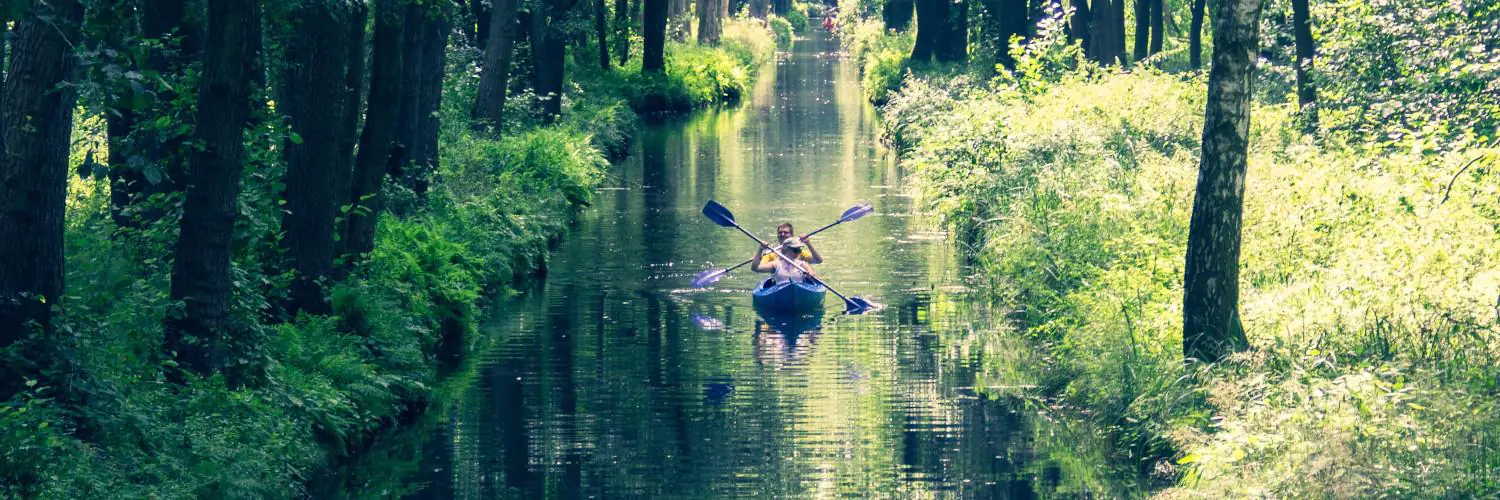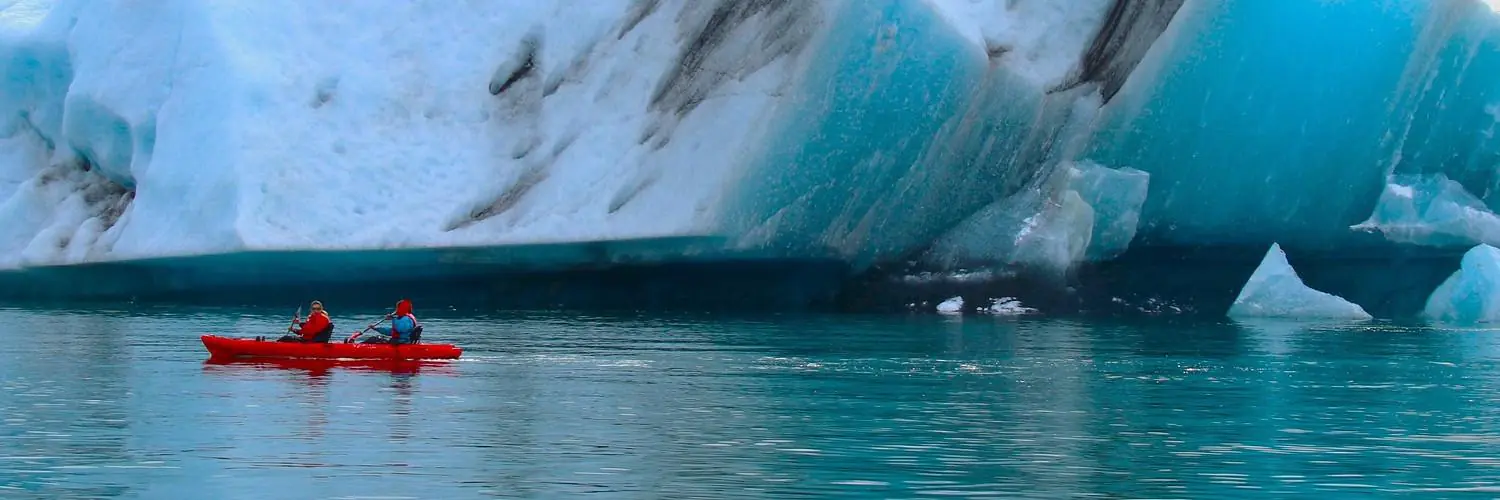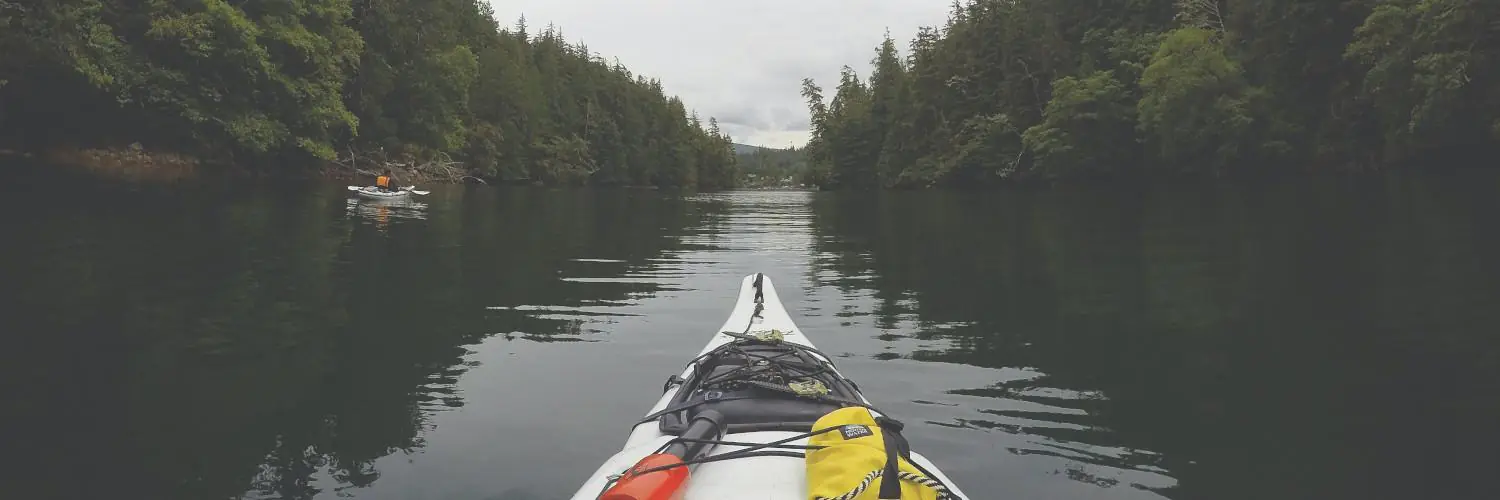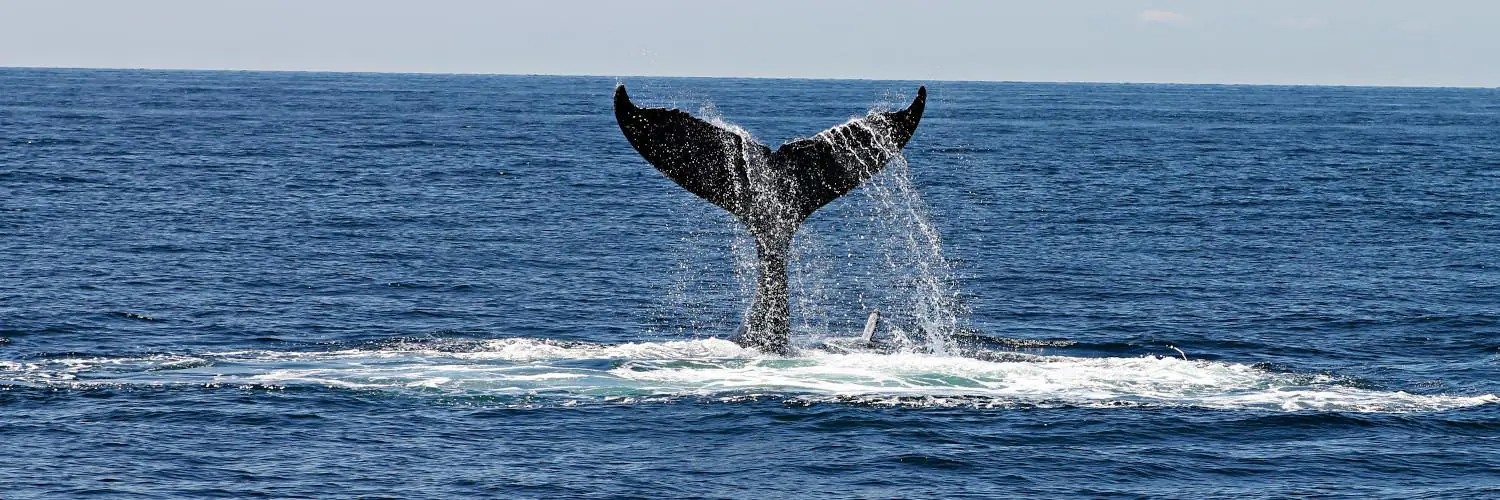Table of Contents
Snorkeling Kauai vs Maui: Choosing Your Hawaiian Adventure
Snorkeling in Hawaii presents a fantastic opportunity for visitors to explore a vibrant underwater world. Hawaii’s islands are renowned for their aquatic life and pristine snorkeling conditions. Maui and Kauai, two of the most popular Hawaiian islands for snorkeling, offer distinct experiences. Maui is celebrated for its clear waters, which enhance underwater visibility, making the snorkeling experience particularly enjoyable. The island’s coastal waters are abundant with marine life, including a variety of fish and the frequently encountered Hawaiian green sea turtles.
On the other hand, Kauai provides a different snorkeling atmosphere with its own unique appeal. Although it receives more rainfall compared to Maui, which can affect water clarity, Kauai compensates with its lush surroundings and the chance for snorkelers to immerse themselves in a more rugged natural environment. Each island boasts an array of beaches, with diverse ecosystems waiting to be discovered beneath the waves. Visitors should consider their personal preferences for scenery, marine diversity, and conditions when choosing between the two islands for their snorkeling adventures.
While both Kauai and Maui offer exceptional snorkeling opportunities, the choice ultimately depends on the snorkeler’s desires for their underwater exploration. Whether it be the drier climate and bustling marine habitats of Maui or the enchanting, less-trodden snorkeling locations of Kauai, explorers can be confident that they are making a well-informed choice with either destination.
Comparing the Snorkeling Experiences
When evaluating snorkeling in Maui and Kauai, key factors include water clarity, marine life diversity, tour options, and seasonal variations—all critical in shaping a snorkeler’s overall experience.
Water Visibility and Marine Life
Maui is known for its high water visibility, typically better than Kauai due to receiving less rainfall. The waters around Turtle Town and Molokini Crater offer exceptional clarity, enhancing encounters with vibrant coral, tropical fishes, sea turtles, and occasional manta rays. Kauai, with its lush coastline, can experience reduced visibility but compensates with rich marine life, including Hawaiian monk seals and sea turtles, particularly along the Na Pali Coast and at Tunnels Beach.
Snorkeling Tours and Accessibility
Both islands provide numerous snorkeling tours, with Maui boasting a larger array of boat tours that access a variety of offshore sites including Molokini Crater. Shore-accessible snorkeling is also popular on Maui’s beaches like Ka’anapali and Kapalua. On Kauai, snorkeling tours are fewer, but the island offers unique shore-entry experiences at places such as Poipu Beach and the sea caves along the Na Pali Coast, with stunning views above and below the waterline.
Best Time of Year for Snorkeling
The optimal snorkeling season in both Maui and Kauai typically spans from April to October when the sea conditions are calm. However, Maui enjoys an added attraction during the winter months (from December to March) when visitors may hear the songs of humpback whales while snorkeling. Although Kauai can have rougher waters in the winter, snorkelers still visit year-round, attracted by the island’s natural beauty and wildlife encounters.
Unique Snorkeling Locations on Each Island
Both Kauai and Maui offer distinct snorkeling experiences featuring natural wonders and exclusive spots that cater to all levels of snorkelers.
Kauai’s Natural Wonders
Na Pali Coast: A breathtaking stretch of coastline, the Na Pali Coast offers spectacular snorkeling opportunities amidst emerald cliffs and waterfalls cascading into the deep blue sea. Snorkelers here can explore a variety of coral reefs and see tropical fish endemic to this part of Hawaii.
Poipu: Known for its sunny weather, Poipu boasts some of Kauai’s best beaches with excellent snorkeling conditions. The area’s clear water allows snorkelers to easily observe the marine life and coral formations.
Maui’s Exclusive Snorkeling Spots
Molokini Crater: This crescent-shaped, partially submerged volcanic crater is a marine sanctuary teeming with marine life and is known for its crystal-clear waters with visibility over 150 feet on some days. It’s a must-visit for its unique underwater visibility and the diversity of marine life.
Lanai: A short trip from Maui, Lanai offers a less crowded snorkeling experience with chances to encounter spinner dolphins and a rich array of tropical fish. The island is a prime spot for those looking to snorkel in tranquil, pristine conditions away from the more frequented locales.
By visiting these locations, snorkelers can enjoy the varied and vibrant underwater ecosystems that Kauai and Maui have to offer.
Island Attractions Beyond Snorkeling
While Maui and Kauai are snorkeling paradises, they offer an abundance of attractions beyond the coral reefs. From the lush hikes to the diverse culinary experiences, each island presents a distinct adventure away from the water.
Land-Based Activities
Maui is well-known for the Road to Hana, a scenic drive revealing waterfalls, hiking trails, and breathtaking vistas. Adventurers may hike the Haleakalā Crater or visit Lahaina, a historic whaling village now bustling with shops and art galleries. Wailea offers luxurious resort accommodations, perfect for travelers looking to experience upscale relaxation after a day of hiking or touring the volcanoes.
| Maui Attractions | Description |
|---|---|
| Road to Hana | Scenic drive offering numerous stops for waterfalls, hikes, and views. |
| Haleakalā National Park | A dormant volcano with trails leading visitors through otherworldly landscapes atop the summit. |
| Lahaina Town | Historic town with a variety of shopping, dining options, and cultural experiences. |
| Wailea Resorts | Exclusive resorts that provide a haven of luxury along the picturesque South Shore. |
Kauai, termed the ‘Garden Isle’, showcases the Waimea Canyon, often referred to as the “Grand Canyon of the Pacific,” providing numerous trails for various skill levels. The island’s North Shore is home to Hanalei and the iconic settings of Jurassic Park. For a mix of adventure and relaxation, Poipu Beach on the sunny South Shore has accommodations and is close to the historic plantation town of Koloa.
| Kauai Attractions | Description |
|---|---|
| Waimea Canyon | Vast canyon with striking views and extensive trails for keen hikers. |
| Koloa Heritage Trail | Trail that explores the cultural and geological history of Kauai. |
| Hanalei Town | Charming town set against a backdrop of mountains, often covered in lush foliage. |
| Poipu Beach Accommodations | A range of stays from resorts to vacation rentals, all a short walk from the beach. |
Culinary and Dining Experiences
Maui’s culinary scene is as diverse as its landscape, with options ranging from high-end dining in Wailea to the laid-back atmosphere of food trucks along the Hana highway. Travelers can indulge in fresh seafood, traditional Hawaiian dishes, and international cuisine.
| Maui Dining Experiences | Description |
|---|---|
| Wailea’s Coastal Cuisines | Elite dining experiences with ocean views serving fresh island ingredients. |
| Lahaina’s Local Flavors | Quaint eateries offering a taste of Maui’s diverse cultural culinary heritage. |
| Roadside Food Trucks | A casual way to sample local dishes such as poke bowls, plate lunches, and shaved ice. |
In contrast, Kauai’s dining mirrors its environment, focusing on fresh, locally-sourced ingredients. From upscale restaurants in Hanalei to casual, authentic eateries in Poipu, visitors can savor a wide array of flavors that capture the essence of the island.
| Kauai Dining Experiences | Description |
|---|---|
| Hanalei Gourmet’s Island Plates | Beachside dining with a menu that highlights local produce and fresh seafood. |
| Poipu’s Tropical Taste | A mix of fine and casual dining options where island-inspired dishes meet international influences. |
| Old Koloa Town Food Stalls | A hub for tasting Kauai’s plantation-era influenced meals and snacks. |
Both Maui and Kauai provide immersive experiences that extend far beyond their underwater treasures, with each island offering unique land-based adventures and culinary discoveries.
Accommodations and Travel Considerations
When planning a vacation to either Kauai or Maui, tourists should consider the unique offerings of each island in terms of accommodations and travel logistics to ensure a comfortable and convenient stay.
Staying and Dining Options
Kauai boasts a variety of hotels and resorts, particularly favored along the lush and scenic east coast near the Wailua River and the renowned Kalalau Trail. Visitors can find a range of options from luxury resorts to more budget-friendly hotels. Dining options on Kauai are plentiful, with a mix of high-end restaurants and casual local eateries that offer both regional and international cuisines.
Maui, known for the iconic Haleakala volcano and the historic town of Lahaina on the west coast, also offers a wide selection of accommodations. From opulent resorts in Wailea to boutique hotels and vacation rentals, Maui caters to diverse preferences and budgets. The island is renowned for its farm-to-table dining experiences, with an emphasis on locally sourced ingredients.
Transportation and Logistics
In Kauai, a rental car is essential for visitors who wish to explore beyond the swimmable beaches and quaint towns. The island is less touristy than Maui, which can mean fewer traffic jams and a more relaxed driving experience. Boat tours are a popular way to see the Na Pali Coast and for seasonal whale watching.
Maui is well-known as a tourist hub, hence it is equipped with extensive transportation options, including a more frequent public transit system and plentiful rental car services. The island’s attractions like the road to Hana and the boat trips to Molokai or the Big Island are prime for those seeking both adventure and convenience. Both islands offer unique nightlife experiences; however, Maui tends to have a more vibrant scene.
For those determining their ideal tropical vacation destination, evaluating the accommodation options and travel logistics of Kauai and Maui is paramount for an enjoyable experience that aligns with their individual vacation goals.
Seasonal Aspects and Weather Impact
When planning a snorkeling trip to Maui or Kauai, understanding the seasonal weather patterns is crucial for a safe and enjoyable experience. The islands’ diverse climates significantly influence snorkeling conditions, and both the off-season and peak season travel times come with their unique pros and cons.
Climate Influence on Snorkeling
Maui:
- Winter Months: Maui is often preferred during the winter for its sheltered bays and coves. However, this is also the time when humpback whales migrate to Hawaiian waters, drawing considerable crowds.
- Rain: Rain can be heavier on the north and east sides of the island, which may cause runoff and affect water clarity.
Kauai:
- Weather: Kauai’s key snorkeling sites are on its north, south, and east coasts. Weather conditions can be more challenging compared to Maui due to exposure to the open sea.
- Rain: Rainfall, especially in winter months, influences sea level and snorkeling conditions, with storms potentially increasing the swell and winds.
Off-Season vs. Peak Season Travel
Maui:
- Peak Season: Offers spectacular views and generally reliable weather for snorkeling. However, increased crowds at popular snorkeling spots and beaches can be expected.
- Off-Season: Fewer crowds and potential for more intimate snorkeling experiences; however, the possibility of encountering sharks is still something to keep in mind.
Kauai:
- Peak Season: Ideal for visiting less accessible snorkeling spots via boat tour or helicopter tour. One can enjoy the unique views, such as the red sand beaches, with reduced chances of rainfall.
- Off-Season: Less crowded, but snorkelers may need to opt for a boat trip to reach the best sites since many are not accessible by road. Weather can be more unpredictable, with higher chances of rain affecting visibility.








